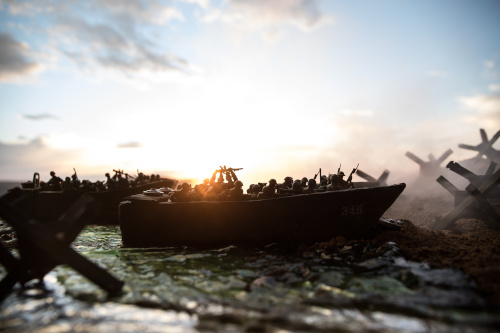
As an inner-city U.S. History teacher of 17 years, I often reflect on my instructional practice in an effort to find new ways to improve. As I recently reviewed some of the videos I have of own instructional practice, I was struck by the massive amounts of paper-based assignments being handed out and collected.
While COVID-19 has forced educators to rapidly embrace digital resources, I have taken the opportunity to lean deeply into “green instruction” and attempt to go completely paperless. Thankfully, when the Duval County Public Schools went completely virtual in 2020, our district put into place a host of digital learning applications teachers could use to support blended instruction. While my district has thankfully gone back to in-person teaching and learning, the resources we used to teach in the remote or hybrid environment are now supporting efforts to move to paperless teaching and learning.
A good example of what paperless lessons can look like in practice can be seen in how I teach my students about the history of D-Day. As the Team Historian for the Round Canopy Parachuting Team USA—an organization dedicated to honoring America’s paratrooper by performing the same types of parachute jumps that occurred on D-Day—I had access to a treasure trove of materials about the Allied landing in Europe. Using these resources, I created a unique digital lesson on the history of D-Day using content from Discovery Education and the Airborne Special Operations Museum Foundation.
While this is one example, the following critical ingredients in building a paperless classroom can be used for any teaching environment or lesson plan:
Hands-On Learning Opportunities. Part of my role as the Round Canopy Parachute Team’s Historian is to create and maintain paperless STEM/Social Studies lessons designed for the high school level. After reviewing numerous possibilities, I decided to build a hands-on traveling exhibit that featured not only resources from the National Infantry Museum and Soldier Center, but the U.S. Army Airborne and Special Operations Museum. In this lesson, jumpers from the team take students through a simulated exit from a C-47 Sky train and try on a parachute and reserve parachute with no additional gear. Then students walk through the artifacts my great uncle sent home from the war, including everyday items from canteens to winter clothing to letters. This allows students to get hands on with the history while learning the science and history around parachute drops and the D-Day Invasion.

